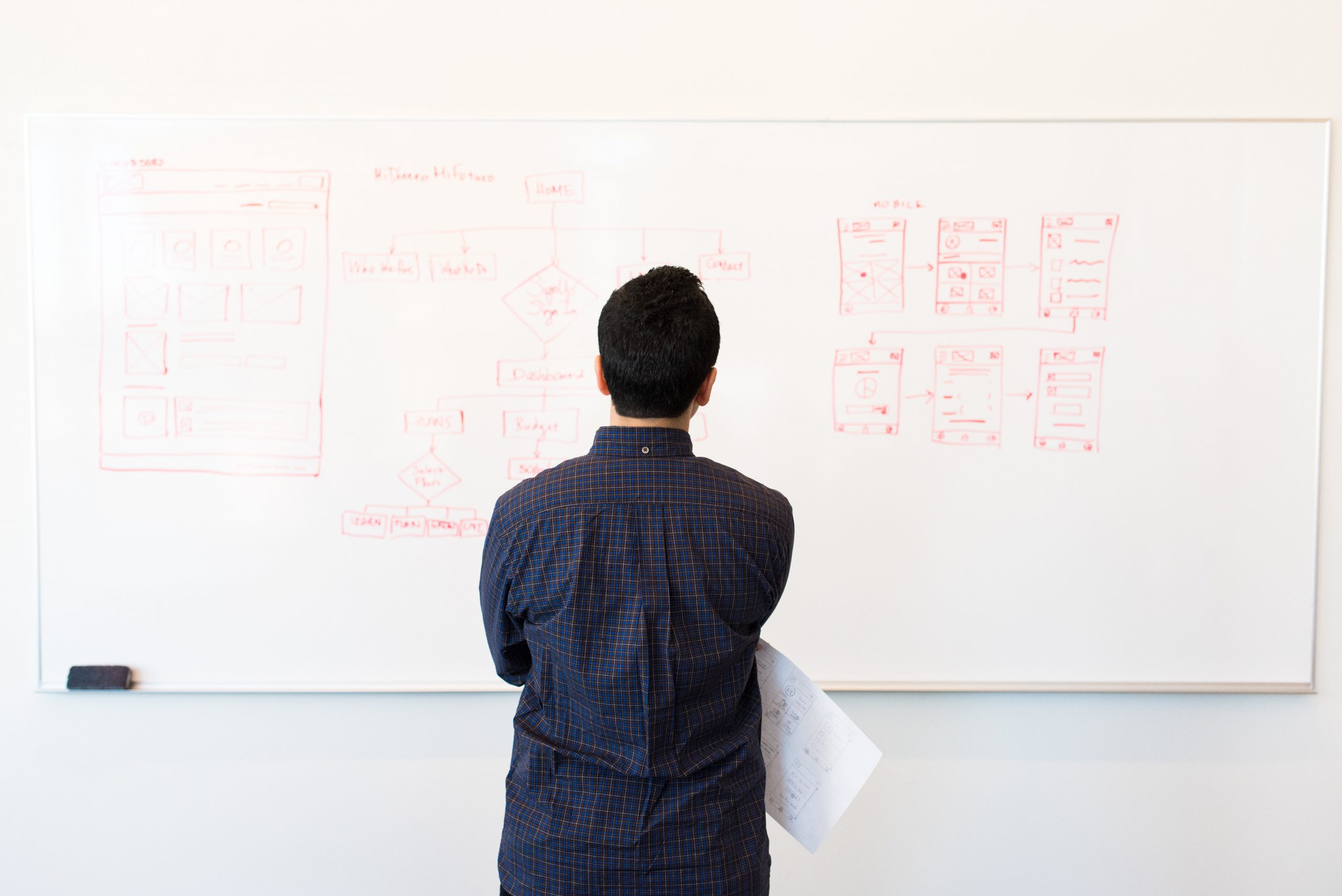Often decisions are made by analysing pros & cons, trading off aspects of opposing options.
red10 ‘s Sarah Barber argues that this is what psychologists call the ‘Either/Or’ ‘Thinking Trap’.
Do decisions have to be either/or?
Often decisions are made by trading off aspects of opposing options. But it can mean that the final decision seems to be the “least worst”.
We recently helped a client with a difficult decision to make about the use of office space. As in many businesses, this was a contentious issue, with supporters for two alternative solutions, neither of which gave everyone what they wanted.
Loving both options
Leading our Decision-Making Workshop, red10‘s Sarah Barber helped the leadership team try a different approach. Instead of looking at pros and cons, the team were asked to love each option in turn. By maintaining a relentlessly positive mindset, even those who were initially opposed could see benefits in each option.
Getting to “both and”
The next step was to identify the benefits that the group really wanted to keep from each option. Then we posed the question. “How can you have both the benefits of the first option and the benefits of the second? The group were able to come up with another solution that delivered far more of what everyone wanted.
The workshop ended with enthusiastic embellishment of the new solution and much action planning to test out feasibility after the meeting.
Positive mindsets give creative solutions
Just like the advanced coaching technique called ‘Parts Integration’, that you would use with a coaching client to help them see through the ‘either/or’ thinking trap, the key to the quality of the decision the group made was that remaining positive opened peoples’ minds to a much more creative way of thinking. The group were able to move from either/or to “both and”.
Could this approach work for a problem you are trying to solve?


